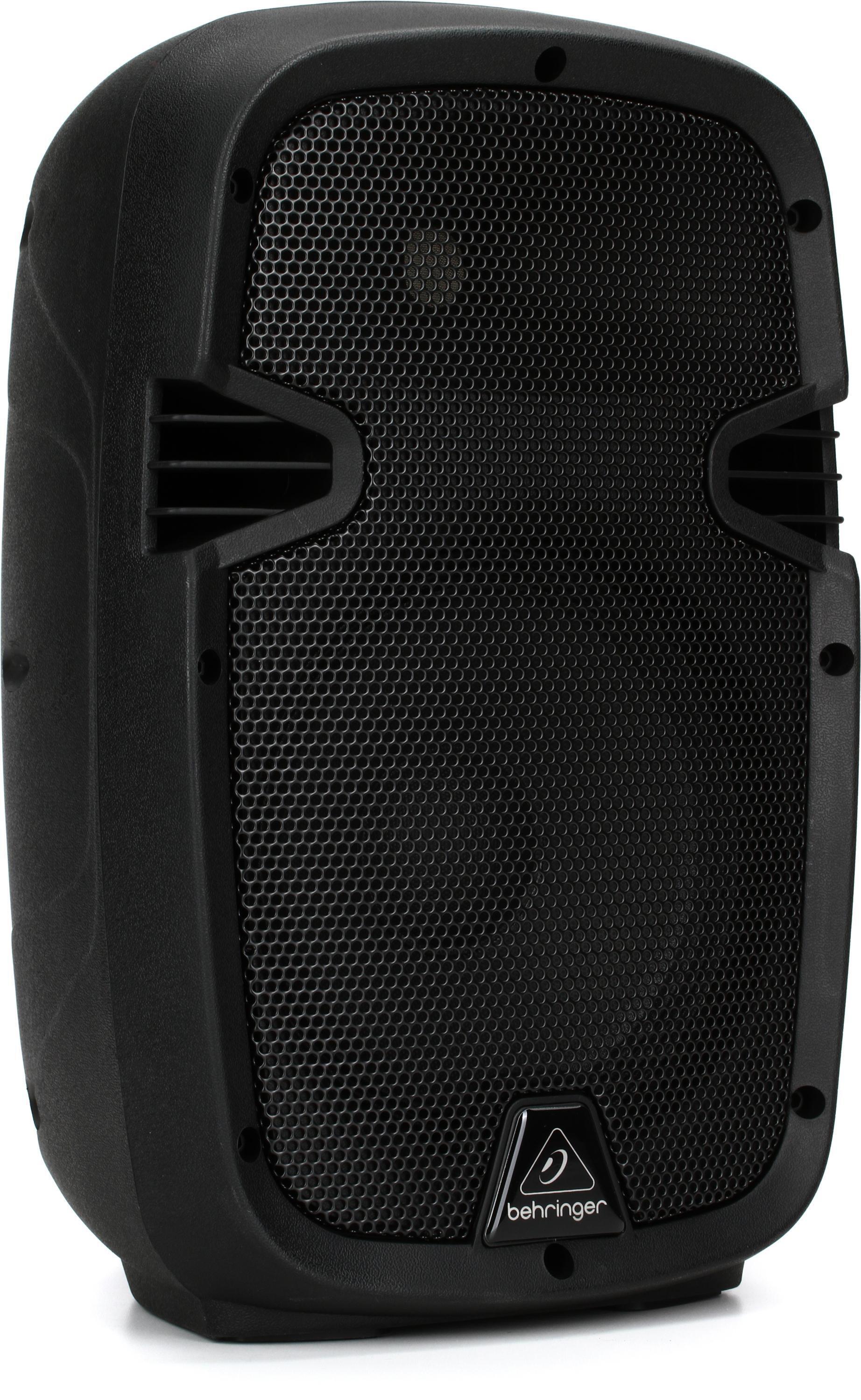- Thread Starter
- #21
So, my dear friends, as I promised, I am now able to post Behringer answer to my latest support ticket enquiring about standards and practices they use to rate their power amplifiers.
My questions were as follows:
Currently Behringer power amplifiers power ratings are expressed using the term "max power" and Behringer officially states that "you can expect the RMS/continous power rating would be "around" half the declared max power rating".
What does "around" half really means? It is "around half" at least or "around half" at most?
Specifying "Max power" only for a power amplifier could mean that its continous long term power rating may be anywhere over "around half" or under "around half", which makes it difficult to design and calculate a sound system and to choose the proper power amplifier for the loudspeakers for which the continuous and peak power ratings are known.
What methods or guidelines does Behringer use or follow to determine the power rating of its power amplifiers?
Are amplifiers tested with sine wave test tones at different frequencies inside the supported bandwidth?
Are amplifiers tested with pink noise (what crest factor) inside the supported bandwidth?
Are amplifiers tested with both or all channels driven?
What is the maximum THD allowed during the power rating procedure?
What is the resolution of the digital signal processing units used on the power amplifiers with DSP?
Why not publish both "max power" and "continuous" power ratings to make it easier for a customer to asess the true capabilities of an amplifier?
Suppose I would like to buy a Behringer KM 1700 and I would like to know the following parameters:
- continous power rating at 8 ohms, both channels driven, with less than 1% THD
- continous power rating at 6 ohms, both channels driven, with less than 1% THD
- continous power rating at 4 ohms, both channels driven, with less than 1% THD
- how many dB between two markings on the front panel gain controls
Thank you kindly!
Behringer answer is as follows:
This is in relation to CAS-616983-H2V9Y7
"We no longer list our amp power ratings by RMS as these tend to not give true results as tests are always done using signal generators and specific waveforms which don't reflect in comparison to music. Program music comes at fuller frequencies and non linear dynamics which is nothing like a test tone generated from a signal generator. There are lots of topics on the internet about this should you wish to look into it more.
As a rule of thumb, you can assume RMS is around half the peak value
With regards to the specifications, I am afraid that all I can give you is what is printed in the Quick Start Guide which I have attached to this e-mail.
I am sorry that I cannot provide the information that you were looking for."
At your service,
Nigel Turner
Music Tribe
Basically, Behringer sticks to their own bulshit, as it is published in their official knowledge base article: "What is RMS".
My questions were as follows:
Currently Behringer power amplifiers power ratings are expressed using the term "max power" and Behringer officially states that "you can expect the RMS/continous power rating would be "around" half the declared max power rating".
What does "around" half really means? It is "around half" at least or "around half" at most?
Specifying "Max power" only for a power amplifier could mean that its continous long term power rating may be anywhere over "around half" or under "around half", which makes it difficult to design and calculate a sound system and to choose the proper power amplifier for the loudspeakers for which the continuous and peak power ratings are known.
What methods or guidelines does Behringer use or follow to determine the power rating of its power amplifiers?
Are amplifiers tested with sine wave test tones at different frequencies inside the supported bandwidth?
Are amplifiers tested with pink noise (what crest factor) inside the supported bandwidth?
Are amplifiers tested with both or all channels driven?
What is the maximum THD allowed during the power rating procedure?
What is the resolution of the digital signal processing units used on the power amplifiers with DSP?
Why not publish both "max power" and "continuous" power ratings to make it easier for a customer to asess the true capabilities of an amplifier?
Suppose I would like to buy a Behringer KM 1700 and I would like to know the following parameters:
- continous power rating at 8 ohms, both channels driven, with less than 1% THD
- continous power rating at 6 ohms, both channels driven, with less than 1% THD
- continous power rating at 4 ohms, both channels driven, with less than 1% THD
- how many dB between two markings on the front panel gain controls
Thank you kindly!
Behringer answer is as follows:
This is in relation to CAS-616983-H2V9Y7
"We no longer list our amp power ratings by RMS as these tend to not give true results as tests are always done using signal generators and specific waveforms which don't reflect in comparison to music. Program music comes at fuller frequencies and non linear dynamics which is nothing like a test tone generated from a signal generator. There are lots of topics on the internet about this should you wish to look into it more.
As a rule of thumb, you can assume RMS is around half the peak value
With regards to the specifications, I am afraid that all I can give you is what is printed in the Quick Start Guide which I have attached to this e-mail.
I am sorry that I cannot provide the information that you were looking for."
At your service,
Nigel Turner
Music Tribe
Basically, Behringer sticks to their own bulshit, as it is published in their official knowledge base article: "What is RMS".


